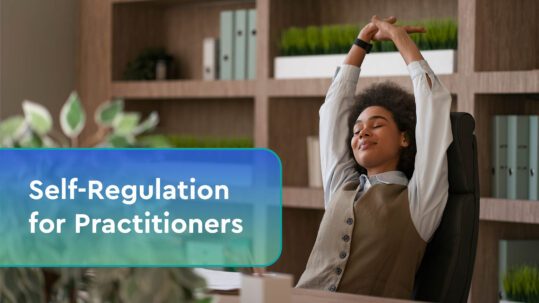From Grunts to Words, How Language Works Explained by Gifs
Language is a cognitive skill that we all use to communicate and interact with the world around us. Words are connected in meaningful patterns to form logical sentences or syntax. In this blog post, we outline the three components that makeup and explain how language works.
The 3 components of language how works are…
Morphemes
The smallest component of language is a morpheme or the root of a word. A morpheme may or may not make sense on its own. For example, eat, date, and week. Morpheme may also sound like a grunt sounding noise such as “un”. But when morphemes are combined, they create a more complicated word.
Lexicon
Different combinations of morphemes develop our lexicon or vocabulary. With our vocabulary, we are able to communicate feelings, emotions, ideas, or random thoughts. Without a lexicon, we would not be able to form sentences, or syntax to communicate with one another.
Syntax
Syntax describes how words are arranged to make a comprehensible and well-formed sentence. Without syntax, people would use morphemes and lexicon in odd combinations that could cause people not to understand each other. In every language, there is a set of rules regarding the syntax of each language.
Conclusion
Studying morphemes, lexicon, and syntax is part of linguistics. Understanding the components of language can help health care professionals understand the exact difficulties a patient may be having with language. This can be helpful when diagnosing aphasia and other speech disorders. By having this information, psychologists and SLPs can provide targeted language therapy that addresses these difficulties and helps their client communicate and understand language more effectively.












